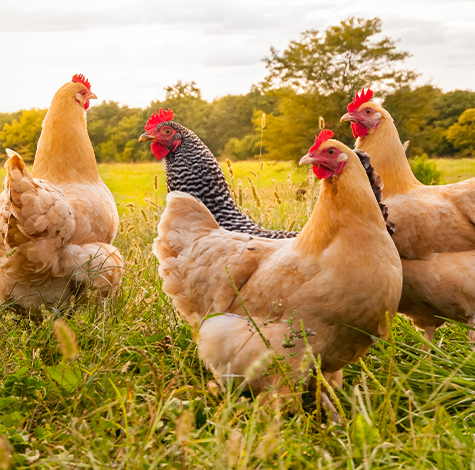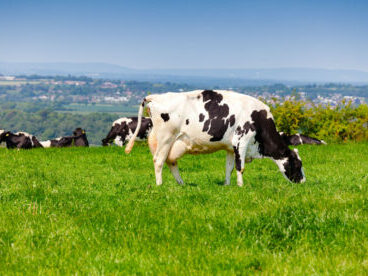The 30 days immediately before and after calving have a huge influence over total lactation performance
Managing energy balance in transition cows
The 30 days immediately before and after calving have a huge influence over total lactation performance. David Bonsall, UFAC-UK Regional Sales Manager in Scotland and the North of England, says the key is ensuring dietary energy in the immediate pre-calving and post-calving period is sufficient to minimise negative energy balance and body condition loss.
“The big challenge is getting cows that will be calving imminently to eat enough as intakes are naturally suppressed,” David explains. “As dry matter intakes fall, so cows will become short of the primary energy sources they need, glucose and glycerol. Faced with insufficient dietary energy, cows resort to the shortest route available to fulfil the energy deficit by starting to mobilise fat, hence loss in body condition.”
When cows mobilise body fat it is metabolised to glycerol which is the essential precursor of glucose. Using body fat as an energy source is, however, an inefficient way to derive glucose as well as having longer term consequences for production and, particularly for fertility.
“One proven way to help reduce the impact of depressed dry matter intakes in pre-calving cows and limit the drive to mobilise body condition is to add glycerol to the diet. This gives cows a ready supply of the glucose precursor, allowing them to metabolise more glucose without having to lose condition.
“However, it is important to add glycerine in the most suitable form and this means adding it in a dry form. Liquid sources of glycerol will depress rumen pH which can lead to a greater reduction in dry matter intakes.”
As a highly palatable and free flowing meal, UFAC Glycerene is a unique glycerol product specifically developed to optimise transition and early lactation performance. Being rumen- inert it is a more efficient source of glucose for the cow. There is no risk of acidosis when it is included in the diet. A typical feed rate for a transition cow is 500g/day.
“Ensuring transition cow receive an adequate supply of glycerol in the most effective form will help offset the risks associated with depressed dry matter intakes and negative energy balance in the crucial days leading up to and immediate post calving, which will help set cows up for a successful lactation,” David comments.


 Back to News
Back to News 



